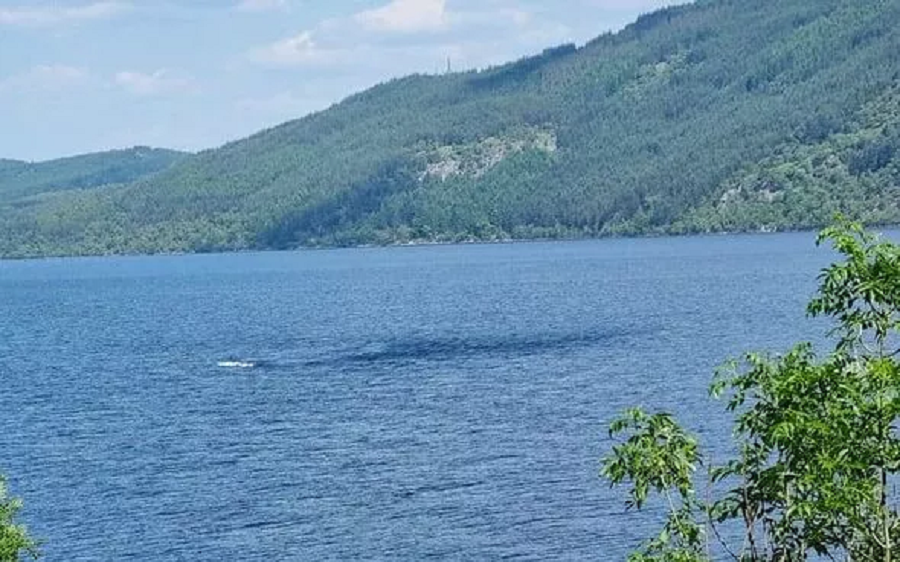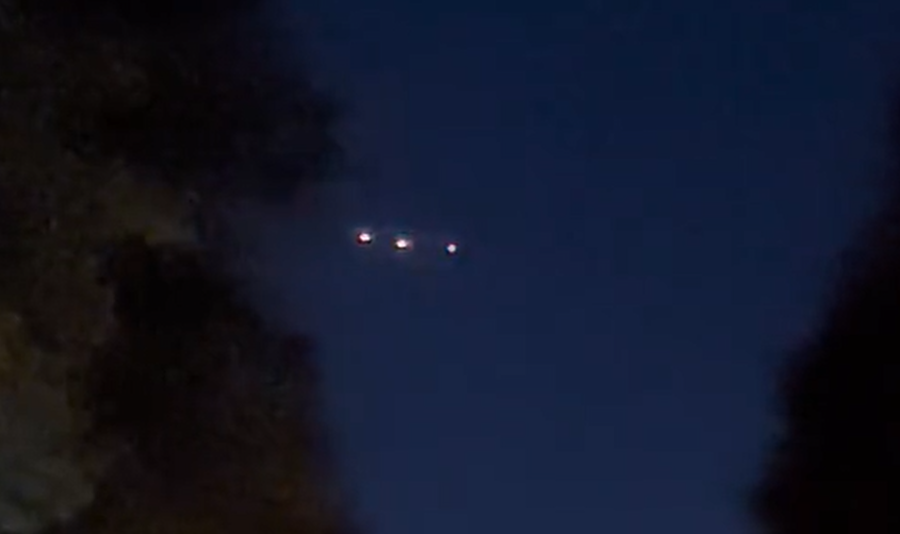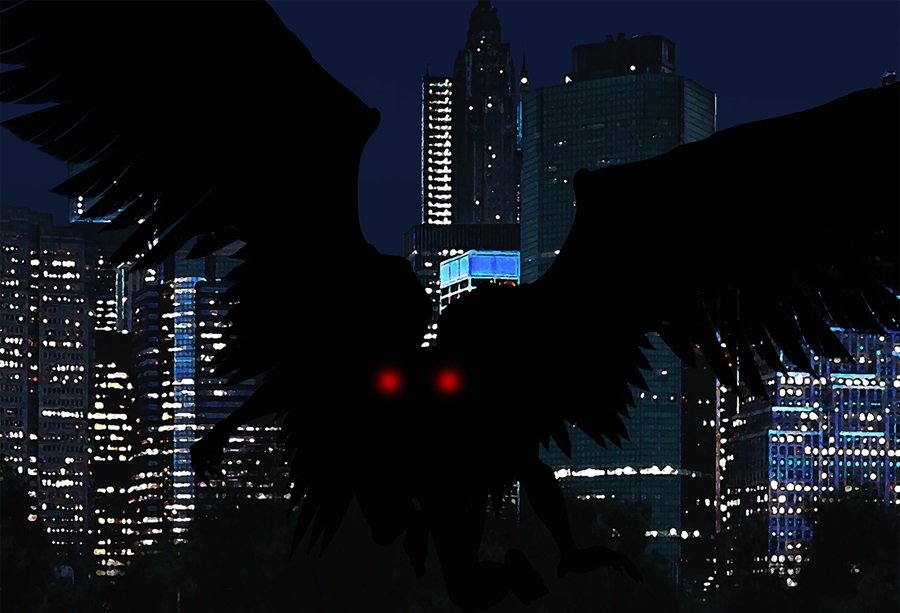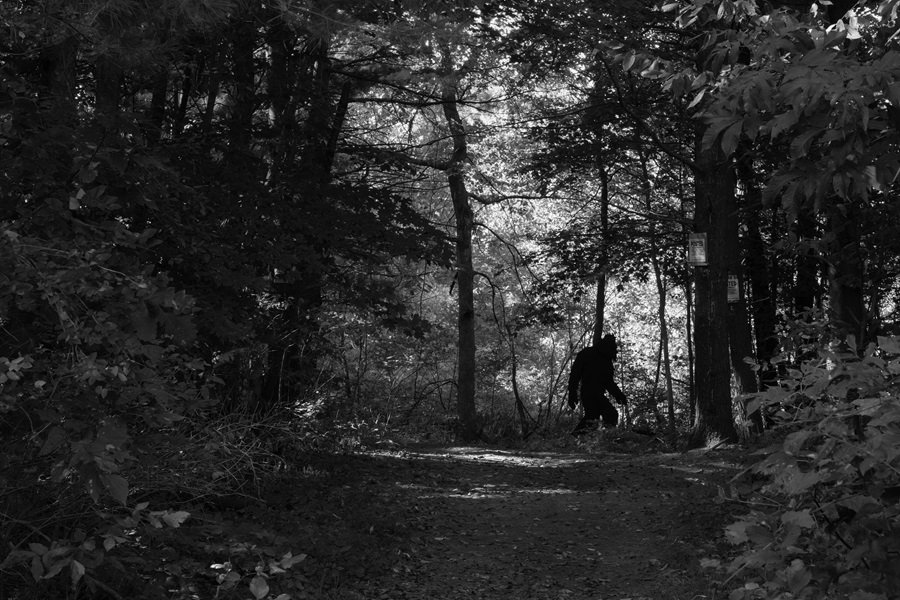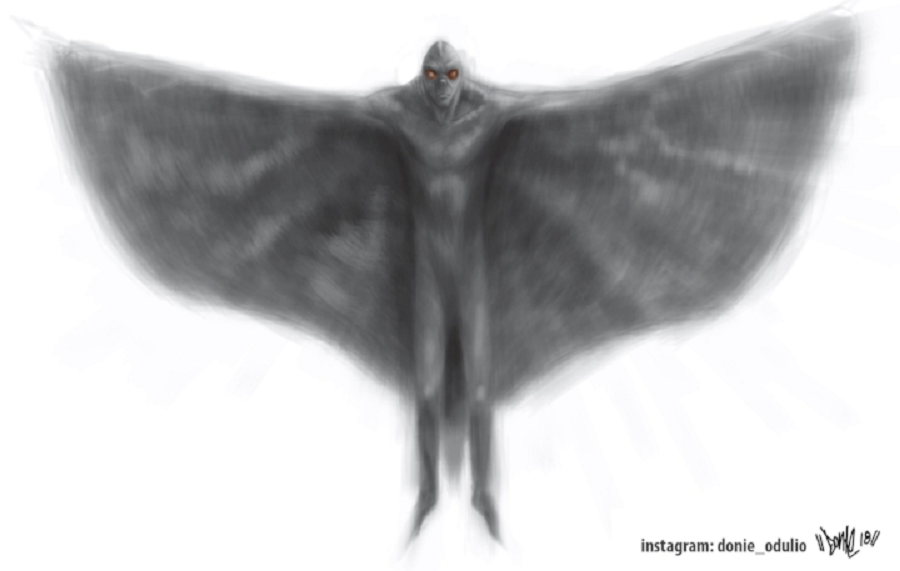Scientist Rejects Notion That the Loch Ness Monster Could Be a Plesiosaur
Following the release of a research project published to the Journal of Vertebrate Paleontology, scientist Paul Scofield, Senior Curator of Natural History at Canterbury Museum and adjunct Professor in Geology at Canterbury University, has gone on the record to explain why he doesn’t believe that the Loch Ness Monster, referred to affectionately as Nessie, could be a plesiosaur.
Plesiosaurs, aquatic reptiles who first appeared in the fossil record around 200 millions years ago and were thought to have died off 66 million years ago (the same time as the dinosaurs), are a popular explanation for the monster said to inhabit Scotland’s Loch Ness; an explanation first introduced in the 1930s and later popularized by naturalist Sir Peter Scott and zoologist Denys Tucker.
Following the recent release of documents from 1959 that showed trustees for the Natural History Museum in London had wished for “it to be known that they do not approve of the spending of official time or official leave on the so-called Loch Ness Phenomenon,” it is now alleged that in 1960 Tucker was fired from his position at the Natural History Museum in London due to his interest in Nessie
Supporters of the hypothesis point to the long necks of plesiosaurs and postulate that this explains why witnesses sometimes describe seeing a neck-like appendage with a small head attached sticking up out of the water.
Scofield, however, disagrees.
The research project in which he recently participated used medical CT imaging to scan plesiosaur fossils collected in New Zealand back in 1872, and found that plesiosaurs were actually very unlikely to ever lift their heads above the water.
"The labyrinth of the ear works best when the tiny bones within are able to hang unaffected by gravity," Scofield told the Mirror. "For this reason, the position of the inner ear within the skull of an animal reveals a lot about how an animal habitually holds its head. We have examined the inner ear of elasmosaurs (a type of plesiosaur) and determined that their resting position was with the head horizontal to the body or even well below the body. This implies that they probably did not frequently hold their heads up high."
Scofield went on to say, "The 'traditional' posture shown in many a popular article on Nessie—like a sock puppet—is not something elasmosaurs were in the habit of adopting. The idea of it lifting its head up like a sock puppet is extremely unlikely."
It is much more likely, according to Scofield, that plesiosaurs used their long necks to dredge the seafloor.
"They have these enormous teeth arranged in rows like a grappling iron," he explained. "It has been hypothesized that they floated on the surface and dredged the seafloor blowing the dirt out through their teeth and leaving just the clams. Thus their feeding method dictates the neck length—it's just like the giraffe but in reverse."
Some believers might argue that this only explains why any plesiosaurs inhabiting Loch Ness aren’t seen with their heads above water more often, but Scofield dismisses any belief in the monster entirely.
"I totally reject the idea that Nessie exists and that it is an elasmosaurus," he said. "Loch Ness monster records are a mixture of fakes and mistakes."
Plesiosaurs have fallen out of favor as an explanation for Nessie in recent years, following a 2019 study conducted by Neil Gemmell, a New Zealand scientist and professor at the University of Otago.
Gemmell's study involved gathering water samples from multiple locations and at different depths of the loch to scan for bits of animal DNA, and then working to identify it. The samples were sent to labs in New Zealand, Australia, Denmark, and France which used large sequence databases to compare the DNA found in Loch Ness with the majority of known living things. This was done to help distinguish and identify any potentially unknown genetic material.
The results revealed no evidence of any large animals such as sturgeon, catfish, sharks, or surviving prehistoric plesiosaurs, but they did show an abundance of eel DNA.
Many now point to giant eels as a possible explanation for the monster, although, as of yet, no definitive proof of their existence in the loch has been found.
To report your own encounter with the impossible, reach out to us directly at the Singular Fortean Society through our contact page.
If you enjoyed this article and would like to support the Singular Fortean Society, please consider becoming an official member by signing up through our Patreon page—membership includes a ton of extra content and behind-the-scenes access to the Society’s inner workings.












